Measuring high-performance lasers is a challenge for many companies.
One of the reasons for it is the heat generated by the laser beam when it hits the sensor surface. This heat can be limited either by keeping the measuring intervals suitably short – the concept used by HELIOS Plus – or by quickly dissipating the heat through appropriate cooling mechanisms.
Water cooling usually achieves the best results, even if there are reasons to avoid it, especially in sensitive production areas. But here, the water itself plays a decisive role!
Consider a high-power laser welding system: The quality of the weld can only be guaranteed if the laser beam meets the specifications exactly. The beam profile of the laser is monitored using a beam profiler, in combination with a high-performance power sensor that simultaneously serves as a beam trap. These power sensors require water cooling.
Once it’s clear how the water will be connected on site, the quality of the water must be verified. Especially at production sites, experience from the past few months has shown that the water quality often falls short of the requirements. The consequences can be considerable damage to the sensors, as seen in the following pictures:


For this reason, we recommend that deionized water should be used for water cooling of laser power sensors. In any case, the water must be clear, clean and sediment-free. The size of any particles in the water must not exceed 150 microns, and the total number of particles must be less than 1000 ppm. To achieve this kind of water quality, a suitable filter should be installed upstream of the sensor, directly before its connection to the water. An overview of the recommended water quality is provided in the following table:
Water quality
| Quality | Limit values |
| Appearance | Clear, clean, no sediment. Ideally deionized (DI) water. |
| Particle size | < 150 µm – Important: Install filters in front of the water inlet. |
| Total dissolved solids (TDS) | < 200 ppm |
| Total suspended solids (TSS) | < 25 ppm |
| Conductivity | < 30 mS/m (300 µS/cm) |
| Alkalinity | < 100 ppm |
| Total hardness | < 100 ppm |
| Chloride | < 25 ppm (50 mg/L) |
| Sulfate | < 25 ppm (130 mg/L) |
| pH value | 6.5 – 8.2 |
Read more about water-cooled sensors in this article
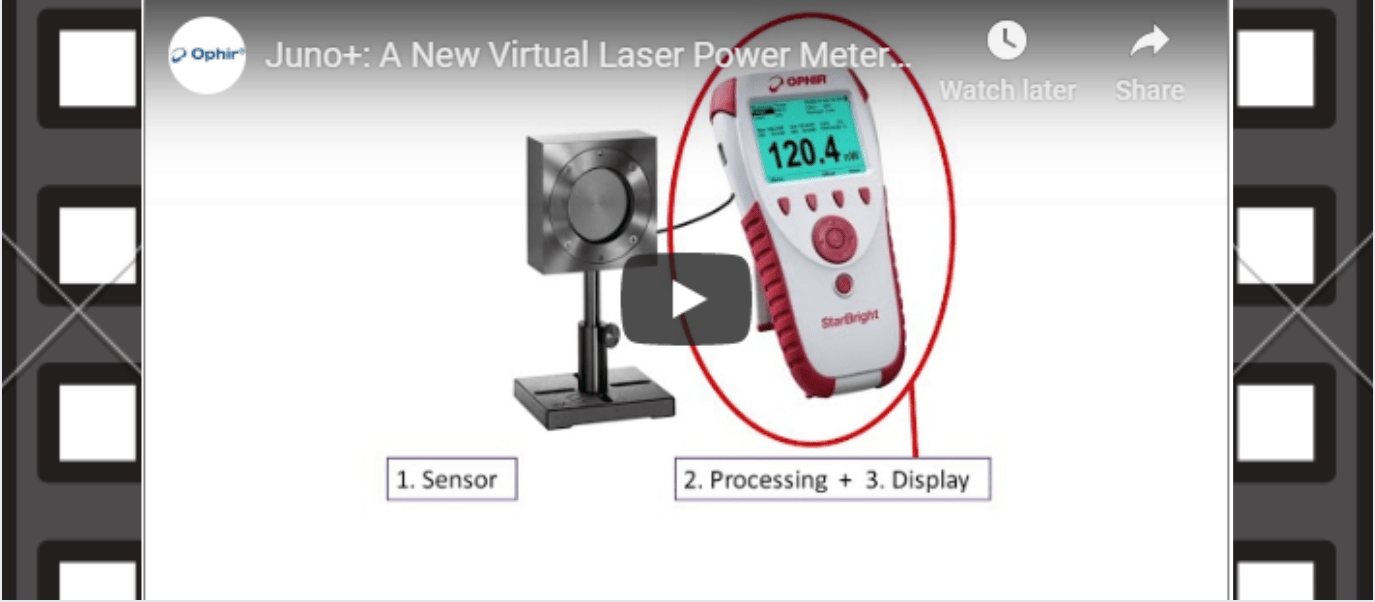
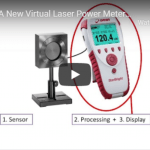
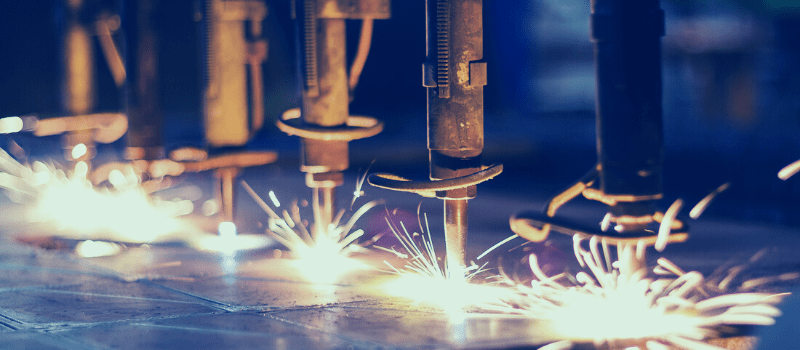

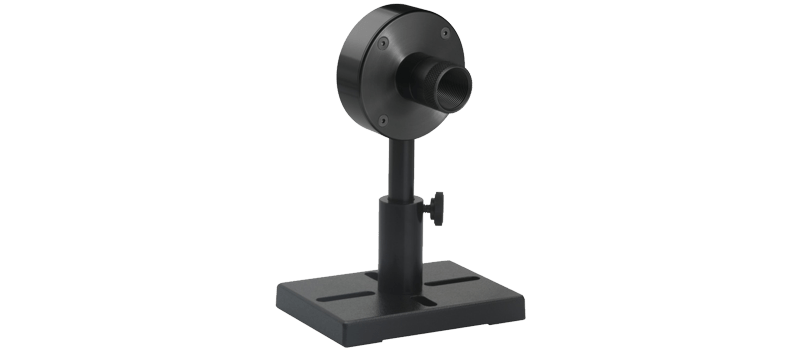



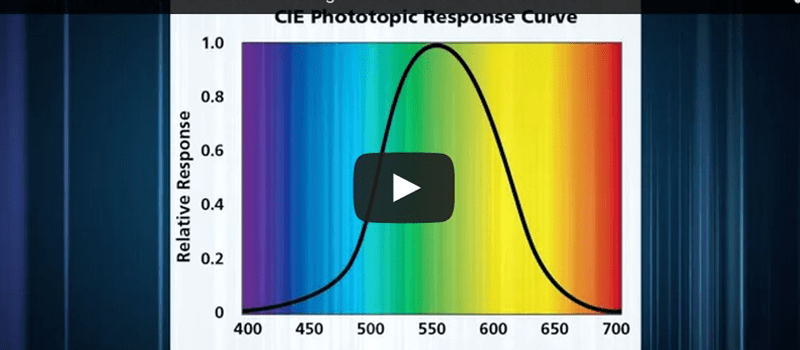
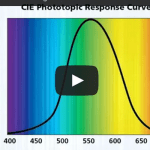
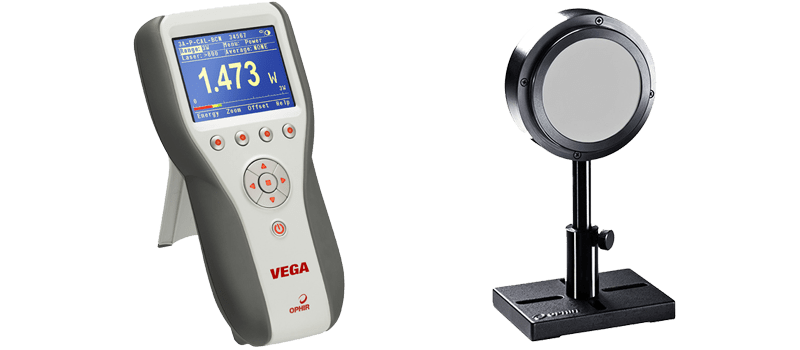
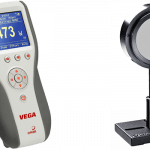
Leave a Reply
Your email address will not be published. Required fields are marked *